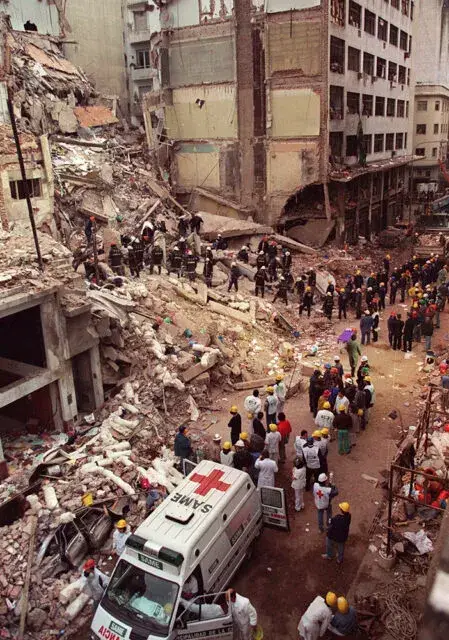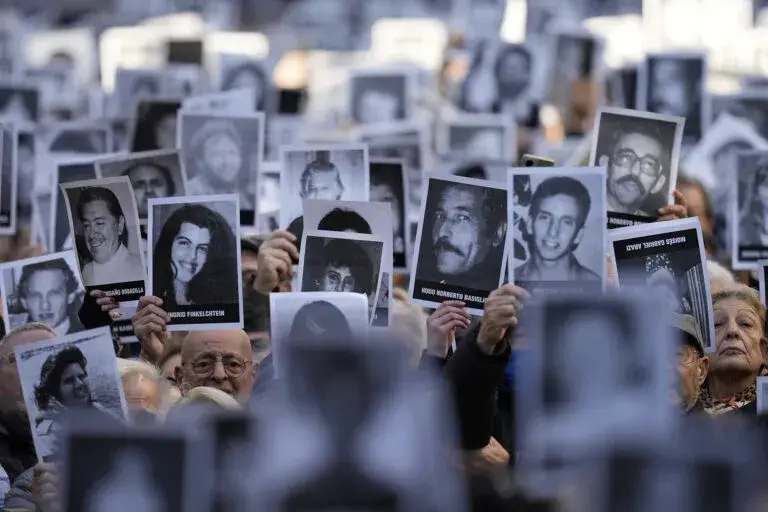Overview of the Attack
On July 18, 1994, a devastating terrorist attack struck the AMIA building, the central hub of Argentine Jewry in Buenos Aires. The attack, executed with a truck loaded with explosives, resulted in the deaths of 85 individuals and left hundreds more injured. The Iranian government and Hezbollah were implicated in planning the attack, making it one of the deadliest terrorist incidents in the Western Hemisphere before the Oklahoma City bombing and the September 11, 2001, attacks.

Immediate Aftermath
Following the attack, a group of rabbis, sponsored by the New York Federation, traveled to Buenos Aires to offer support to the affected Jewish community. Their mission included providing pastoral counseling to those who had lost loved ones, many of whom were children and teenagers. In the aftermath, the rabbis encountered the wreckage of the AMIA building and worked to support the bereaved families.
Public Reaction and Reflection
In a notable moment, one of the rabbis delivered a eulogy at the scene, describing the attack as a result of “mental illness” and “depravity.” This view was criticized by some as an attempt to minimize the severity of the event, arguing that such acts should be recognized as pure evil rather than merely psychological or moral failings.
Reflections on Evil
The article discusses the challenges of naming and confronting evil in modern times. Historical and contemporary figures, including Reinhold Niebuhr and Peter Berger, are referenced to provide perspective on the concept of evil and its impact on human life. Recent visits to conflict zones, such as the “Gaza envelope” and Kibbutz Nir Oz, illustrate the persistent presence of what some describe as “pure, unadulterated evil” in contemporary conflicts.
Conclusion
The AMIA bombing remains a significant and painful memory for many. Reflections on the event underscore the need to address and understand acts of terror and evil in today’s world.
FAQ
1. What was the AMIA bombing?
The AMIA bombing was a terrorist attack on July 18, 1994, when a truck loaded with explosives was detonated at the AMIA building in Buenos Aires, killing 85 people and injuring hundreds.
2. Who was responsible for the AMIA attack?
The attack was planned by the Iranian government and Hezbollah.
3. How did the Jewish community respond after the bombing?
Following the attack, a team of rabbis from New York provided pastoral support and counseling to the bereaved families in Buenos Aires.
4. What are the main themes discussed in the article?
The article addresses the nature of evil, the challenges of naming and confronting evil in modern times, and offers historical and contemporary perspectives on the concept of evil.
5. What recent events are mentioned in the article?
The article mentions recent visits to conflict zones, including the “Gaza envelope” and Kibbutz Nir Oz, to illustrate ongoing issues of violence and evil.


